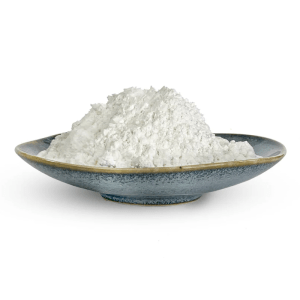
# Starch Sugar: Production and Applications in Food Industry
## Introduction to Starch Sugar
Starch sugar, also known as glucose syrup or corn syrup, is a sweetener derived from starch through hydrolysis. It plays a crucial role in the food industry due to its functional properties and cost-effectiveness compared to other sweeteners.
## Production Process of Starch Sugar
The production of starch sugar involves several key steps:
### 1. Starch Extraction
The process begins with the extraction of starch from various sources such as corn, wheat, potatoes, or cassava. Corn is the most commonly used source in industrial production.
### 2. Liquefaction
The extracted starch is mixed with water and treated with enzymes (typically alpha-amylase) at high temperatures to break down the starch molecules into shorter chains called dextrins.
### 3. Saccharification
During this stage, the liquefied starch is further broken down into simpler sugars using enzymes like glucoamylase. The degree of hydrolysis determines the final sugar composition.
### 4. Purification
The resulting syrup undergoes filtration and purification processes to remove impurities, proteins, and other unwanted components.
### 5. Concentration
The purified syrup is then concentrated through evaporation to achieve the desired solids content, typically ranging from 70% to 80%.
## Types of Starch Sugar
There are several types of starch sugar produced with varying degrees of sweetness and functional properties:
– Glucose syrup (DE 20-50)
– High maltose syrup
– High fructose corn syrup (HFCS)
– Maltodextrins (DE <20)
– Dextrose (glucose monohydrate)
## Applications in the Food Industry
Starch sugar finds extensive applications across various food sectors:
### Confectionery Products
Starch sugar is widely used in candies, chocolates, and chewing gums due to its:
– Prevention of crystallization
– Moisture retention properties
– Texture modification capabilities
### Bakery Products
In baked goods, starch sugar serves multiple functions:
– Enhances browning through Maillard reaction
– Improves shelf life by retaining moisture
– Provides fermentable sugars for yeast activity
### Beverages
The beverage industry utilizes starch sugar for:
– Sweetening soft drinks
– Balancing acidity in fruit juices
– Providing body and mouthfeel in low-calorie drinks
### Dairy Products
In ice cream and other dairy products, starch sugar:
– Lowers freezing point
– Improves texture
– Prevents ice crystal formation
## Advantages of Starch Sugar
Starch sugar offers several benefits to food manufacturers:
– Cost-effective compared to sucrose
– Consistent quality and supply
– Customizable sweetness profile
– Functional properties beyond sweetness
– Longer shelf life for products
## Future Trends
The starch sugar industry continues to evolve with:
– Development of specialized syrups for specific applications
– Increased demand for clean-label ingredients
Keyword: Starch Sugar
– Advancements in enzymatic technologies
– Growing interest in low-GI (glycemic index) sweeteners
As consumer preferences and food technology advance, starch sugar remains a versatile and indispensable ingredient in the global food industry.